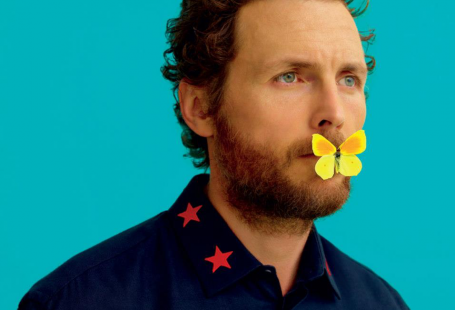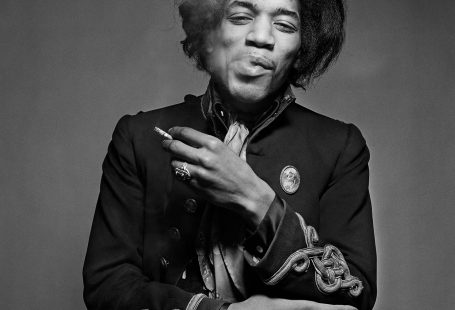The right to image, or right to your likeness, is your power to control how and where your image is used, especially online. In Italy, this right is strong and offers concrete tools to protect yourself. Let’s look at what it consists of and what the rules are.
Right to Image: Legal Protection Online and Offline
The protection of the right to image is based on two main pillars of Italian legislation.
- Civil Code: Article 10 of the Civil Code forbids the exhibition or publication of another person’s image if it harms their decorum or reputation.
- Copyright Law (L. 633/1941): Articles 96 and 97 of this law establish the fundamental principle: it is not possible to share a person’s image without their consent.
Right to Image: Your Image is Your Personal Data
Digital life has made the right to image a daily matter, especially for figures like testimonials, bloggers, and influencers. In Italy, the right to image is strictly linked to the right to privacy. The law considers your likeness (a photo, a video, or even just your voice) as personal data. This means that, according to the GDPR (the European Privacy Regulation), no one can use it without your explicit consent. What does “explicit consent” mean? It means that the authorization must be given clearly, for a specific purpose, and must be easily revocable. Vague authorization is not enough. If you gave permission to publish a photo of you on Facebook, you haven’t automatically given permission to use it in an advertising campaign.
How to Act in Case of Unauthorized Use of Your Image
If your image is used online without your permission, the safest and most effective way to protect yourself is to contact a lawyer specializing in image and privacy rights. A professional can prepare and send a formal and detailed cease and desist letter to whoever published the content. This legal action usually gets a quicker response. If the content isn’t removed, the lawyer will know how to act, including appealing to the Privacy Guarantor to enforce your rights.
The Evocative Value in the Right to Image: Beyond the Likeness
The right to image law has evolved to protect famous people even when their face is not shown. We speak of “evocative value” when an image, without directly portraying the person, uses elements strictly connected to them, such as a particular hairstyle, an iconic dress, or a distinctive accessory, to unmistakably refer to them. In these cases, even without a direct likeness, the character’s identity is protected, and its unauthorized use can be forbidden.
Salient Examples from Jurisprudence:
- Audrey Hepburn (Tribunal of Milan, 2015): The Court sanctioned a company not for using a photo of the actress, but for reproducing in an advertisement a combination of elements (black dress, pearl necklace, hairstyle) that unmistakably recalled the image of Audrey Hepburn in the film “Breakfast at Tiffany’s,” exploiting her fame without permission.
- Lucio Dalla (Pretura of Rome, 1984): The court recognized the violation of the singer-songwriter’s right to image for the use in an advertisement of distinctive elements such as his beret and binocular glasses, capable of evoking his identity.
- Totò (Court of Cassation, 1997): The Court of Cassation established that even a stylized image can violate the right to image if it is clearly evocative of an actor’s identity, with the intent of exploiting their fame for commercial purposes.
In summary, Italian law protects personal identity not only from a figurative point of view, but also from an unauthorized commercial use of all those iconic elements that immediately and directly recall the figure of a famous person.
Dandi Law Firm provides legal assistance in Copyright. Check out our Services or contact Us!





